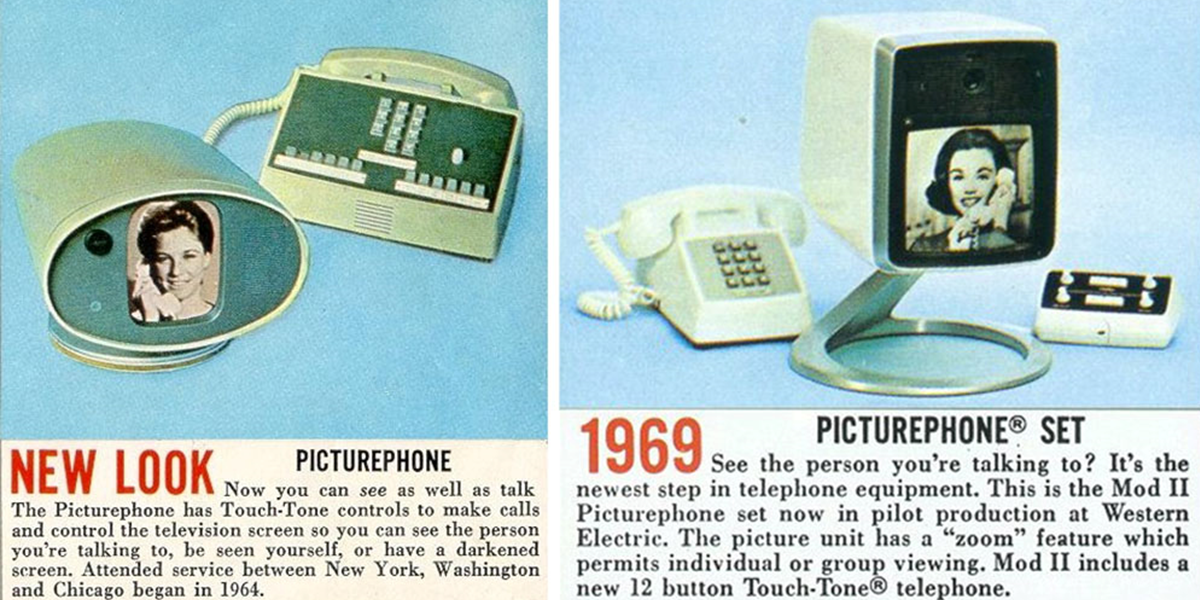The business landscape has changed dramatically over the last 30 years, particularly with the advent of digital technology. In that time we’ve lost a number of global business brands who were both household names and dominant players in their respective industries.
https://www.instagram.com/p/BezxmLyAQAG/
Be it strategic misjudgments, complacency, technological change, or a lack of foresight, there’s plenty to learn from the demise of these once-loved global business icons.
PanAm
In the 1950s and 1960s plane travel experienced its first commercial boom. During this “Golden Age” of flying, Pan American World Airways ruled the skies. The ‘World’s Most Experienced Airline’ – as went the advertising slogan – was renowned for its first-rate service and modern fleet of aircraft.
Not just an iconic and trusted brand, PanAm was a highly successful business. Its lucrative hold on transatlantic flight routes helped the company to generate huge profits and boast cash reserves of $1 billion at its peak. When it became the first airline to fly Boeing’s new 747 jumbo jets in the late 60s, the future looked bright.
Where did it go wrong?
The 1973 oil crisis wreaked havoc on the global economy. By the end of 1974, the price of oil had risen by 400%. Aviation and other oil-reliant industries saw their costs shoot up. For PanAm, this couldn’t have come at a worse time. Its recently acquired wide-bodied Boeing 747 fleet consumed considerably more fuel than older plane models of the time. This forced ticket prices to rise during a difficult period for the US and world economy. Half empty flights led to huge losses. The once-mighty ruler of the skies was now struggling to turn a profit.
In the subsequent years, the company attempted numerous operational cutbacks and restructures to balance the books. However, another fateful incident followed a decade later. In December 1988 a PanAm flight from New York to London exploded over the Scottish town of Lockerbie. Investigators quickly linked the explosion to a bomb on the plane, however, PanAm was found guilty of security failures. Fines and lawsuits followed, not to mention major reputational damage. The final blow was the outbreak of the first Gulf War in 1990 which caused fuel prices to rocket and the company to suffer insurmountable losses.
PanAm filed for bankruptcy in January 1991.
The lesson?
Events will happen outside your control. Economic shocks, in particular, can come out of nowhere. If you’re in an industry reliant on a particular commodity, have a business continuity plan in place. You may need to react quickly and decisively.
Blockbuster
Before the advent of digital streaming, video rental stores were the place to go when you fancied a night-in watching a movie or box set. This was a new phenomenon in the 1980s as more and more people purchased home VHS players. By the time the first Blockbuster store opened in Dallas in 1985, the video rental industry was taking shape – helping to create a huge new income stream for film distributors.
Over the years, Blockbuster became the industry leader, growing in size to have over 9,000 stores around the world and revenues of $5.9 billion at its peak in 2004. In the UK, it had over 4,000 stores and its blue and yellow signage was familiar sight on the high street.
Where did it go wrong?
At the turn of the century, Blockbuster still dominated the video and DVD rental market. However, internet speeds were improving. This carried the potential to radically alter how we consume all forms of media. The idea of streaming a feature-length movie online was now a reality.
Some had this foresight, others did not.
Whilst the fledgling Netflix proactively evolved its business model from a mail-order DVD subscription service to an online streaming service, Blockbuster was slow to respond. The company did develop its own streaming services but none of these caught on. It was even slow to adopt Netflix’s popular and convenient mail-order service.
Added to the competitive challenge, was the operating cost of running bricks and mortar video stores. Blockbuster placed faith, as well as millions of dollars, in keeping these stores going. All the while this was a cost its competitors needn’t worry about. Coupled with the dwindling demand for its services, by the late 00s it was clear Blockbuster’s days were numbered.
Blockbuster went into administration in 2013.
The lesson?
Foresight is a powerful thing in business. The Netflix vs Blockbuster case study is frequently cited as an example of a complacent business failing to seize an opportunity whilst being outflanked by a more nimble and forward-thinking competitor. Keep on top of technological changes and be ready to pounce.












